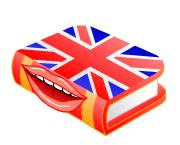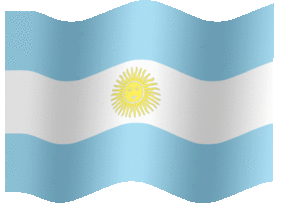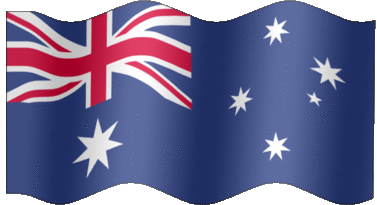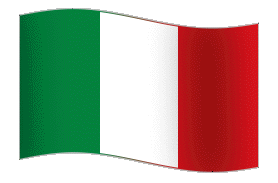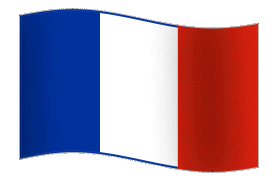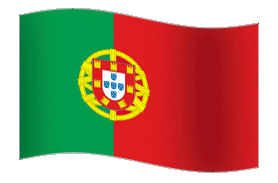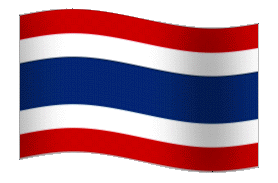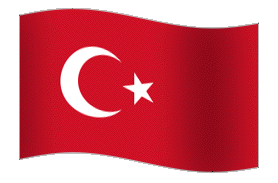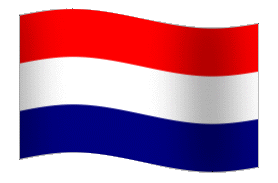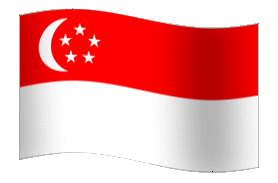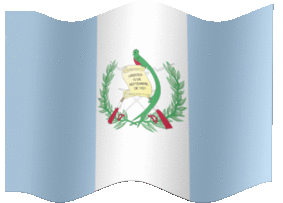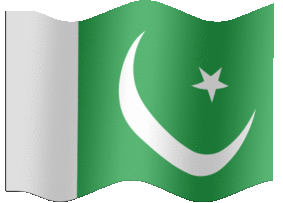America celebrates Thanksgiving Day on the fourth Thursday in November. It is a harvest festival that dates back to 1621, the year after Pilgrims from England arrived in Massachusetts.

Who were the Pilgrims?
The Pilgrims were the first settlers of America. They sailed away from England in September 1620, on a small ship called the Mayflower, in the hope of finding a new home where they could live in peace and freely practice their faith. It took them 66 days to reach America from England.
 The first Thanksgiving
The first Thanksgiving Only half of the 110 Pilgrims who left England in 1620 survived that first year. Many died during the first winter. The survivors turned for help to neighbouring Indians, who taught them how to plant corn and other crops. The next Autumn harvest was plentiful and inspired the Pilgrims to give thanks by holding a three-day feast.

Black Friday
The day after Thanksgiving is widely known as Black Friday and is often said to be the biggest Christmas shopping day in America.
Día de Acción de Gracias
América celebra el Día de Acción de Gracias el cuarto jueves de Noviembre. Es una fiesta de la cosecha que se remonta a 1621, un año después de que los Peregrinos llegasen a Massachusetts.
¿Quiénes fueron los peregrinos?
Los peregrinos fueron los primeros colonos de América. Zarparon de Inglaterra en Septiembre de 1620, en un pequeño barco llamado “Mayflower”, con la esperanza de encontrar un nuevo hogar donde poder vivir en paz y practicar libremente su fe. Tardaron 66 días en llegar a América desde Inglaterra.

El primer día de “Acción de Gracias”
Solamente la mitad de los 110 peregrinos que abandonaron Inglaterra en 1620 sobrevivieron aquel primer año. Muchos murieron durante el invierno. Los supervivientes pidieron ayuda a sus vecinos indios quienes les enseñaron como plantar maíz y otros cultivos. Al siguiente otoño la cosecha fue abundante (e inspiró) lo que llevó a los peregrinos a dar gracias celebrando una fiesta durante tres días.

Thanksgiving se convirtió en fiesta nacional oficial 200 años más tarde, cuando en 1862 el Presidente Lincoln proclamó el último jueves de noviembre como día nacional de acción de gracias. En 1941 el congreso de Estados Unidos aprobó una ley estableciendo oficialmente la celebración del día de Thanksgiving el cuarto jueves de noviembre.
Viernes negro.
El día posterior a Thanksgiving se conoce como “Black Friday” y se dice que es el mayor día de compras de Navidad en América.










































